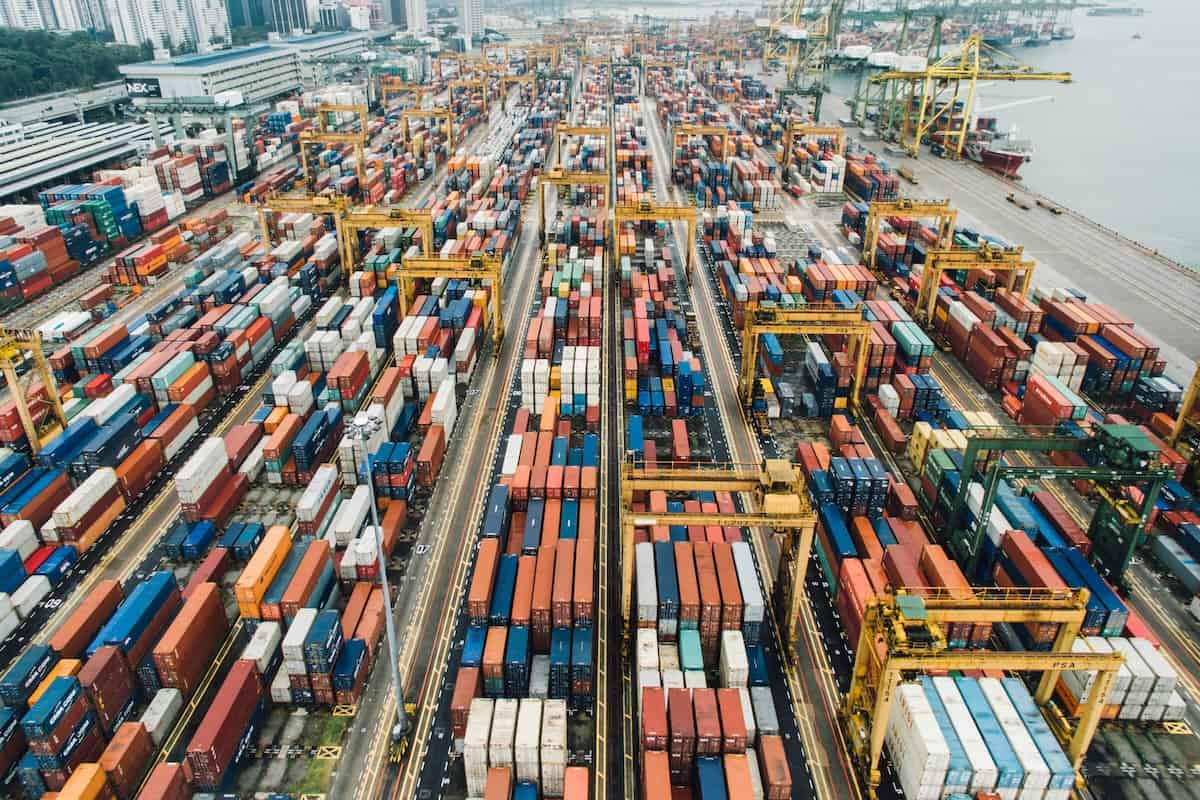When it comes to managing a business, interruptions in the supply chain can pose a major obstacle. Supply chain disruptions can have a huge impact on companies. They can lead to delays in shipping to complete stoppage of production. These could lead to financial instability and potential loss of market competitiveness.
However, having resilience in supply chains is essential for staying afloat and remaining profitable in volatile markets. Some factors that can present risks include trade disputes, social turmoil, severe weather, and unstable market conditions.
Below are several ways to build supply chain resilience.
1. Diversify Suppliers
Diversifying suppliers is a critical strategy for building supply chain resilience. The approach entails distributing production and sourcing among various locations or suppliers instead of depending on a single source. You can diversify your manufacturing network to include private label supplement manufacturers to mitigate risks and ensure a more adaptable supply chain.
Additionally, it can significantly enhance the sustainability of your supply chain. Spreading production across several locations allows you to leverage the strengths and capabilities of different regions. Multiple locations can provide resources, an experienced workforce, or cost benefits, enabling businesses to enhance their manufacturing processes and improve effectiveness.
2. Improve Visibility
Visibility has a crucial role in building supply chain resilience. According to research, organizations have cited supply chain visibility as a top priority for enhancing resilience. Enhanced visibility allows businesses to anticipate and respond to disruptions effectively, minimizing their impact.
It also fosters more vital collaboration among supply chain partners. This leads to more efficient operations and a higher level of resilience.
Technologies like IoT sensors, blockchain, and data analytics allow for immediate monitoring of inventory, production, and transportation. This enables businesses to detect possible obstacles or interruptions at an early stage.
The technological approach enables swift decision-making and the implementation of alternative strategies to mitigate risks. Ultimately, enhanced visibility boosts the supply chain’s resilience against challenges and guarantees consistency during periods of uncertainty.
3. Collaborate and Build Relationships
Businesses should prioritize collaboration and forming relationships to improve the resilience of their supply chains. These partnerships can be effective, particularly when a company has multiple suppliers and customers worldwide. This guarantees the efficient functioning of the supply chain.
Having a good supply chain partner enables joint efforts in decision-making. This is helpful in defining shared goals and objectives, identifying supply chain failures and opportunities, and consolidating supply chain success. Parties can directly profit from partnership’s opportunities that are facilitated by each party participating in decision-making.
Additionally, this partnership allows for improved problem-solving and quicker handling of exceptions like delays in delivery or sudden changes in demand. This can be achieved through enhanced communication, sharing of resources, and mutual agreement.
Collaborating with partners allows companies to reach new markets, distribute risk, and take advantage of strengths that complement each other.
Collaborative efforts also improve supplier relationships. By leveraging collaboration, businesses can establish and manage strong relationships with suppliers. This boosts their problem-solving skills and enhances the balance between supply and demand.
Endnote
Maintaining business efficiency relies heavily on supply chain resilience. Businesses should adopt and build good supply chain resilience to reduce market risks.
By implementing these strategies, organizations can enhance their readiness to endure disruption and adjust to evolving market conditions. Additionally, they can reduce the effects on production, distribution, and revenue.
Article and permission to publish here provided by Catherine Park. Originally written for Supply Chain Game Changer and published on June 21, 2024.
Cover photo by CHUTTERSNAP on Unsplash.

